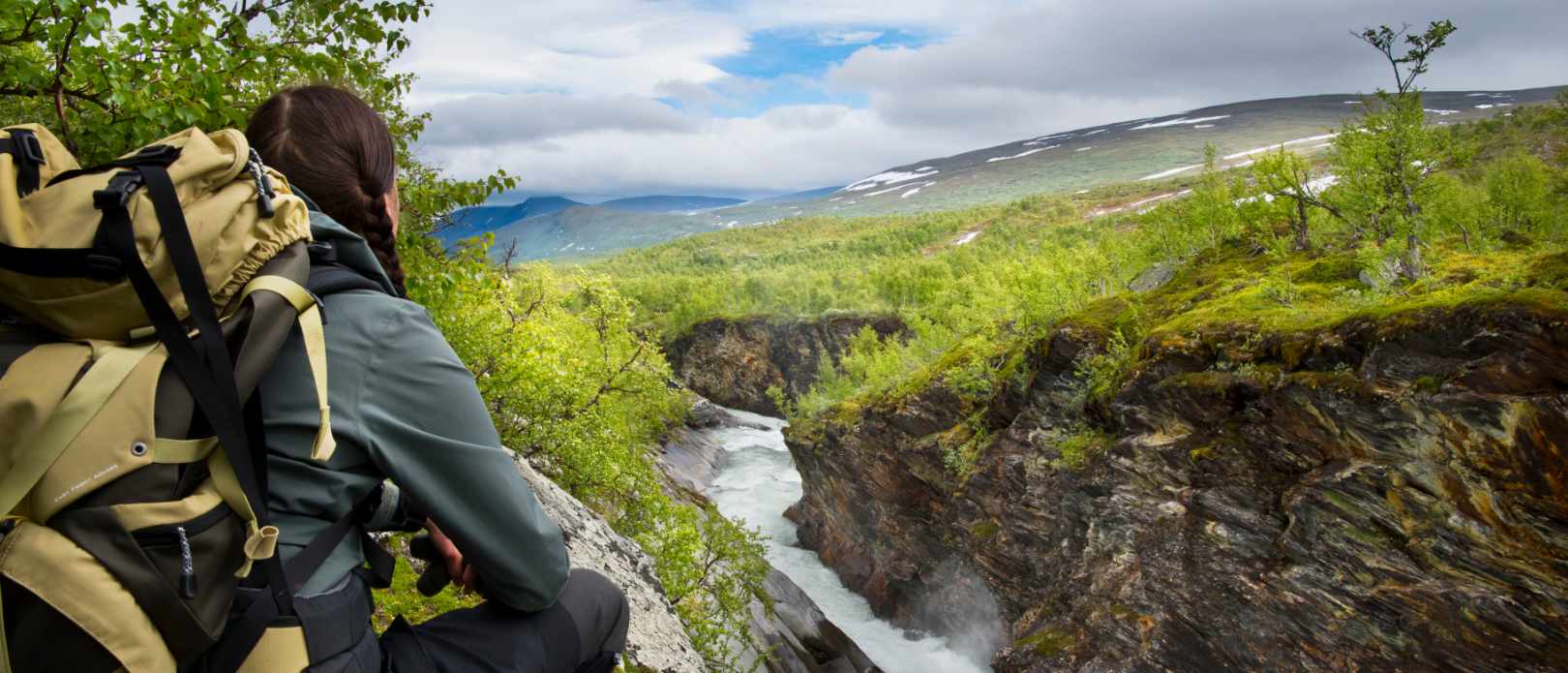BIODIVERSITY
Biodiversity offsets create dangerous incentives
Biodiversity offset schemes may shift the focus from the actual drivers of biodiversity loss and require more, not less, regulations, argue researchers
- Lack of public registers for biodiversity offsets make it difficult to trace possible double-counting
- There is a political risk that dubious development projects will be approved under the belief that the damage will be compensated for anyway
- Societies should focus on reducing the pressure on natural ecosystems and dealing with the underlying drivers of biodiversity loss
NO LICENSE TO THRASH: Biodiversity loss is accelerating globally, and some actors want to use biodiversity offsets to justify business as usual.
Material consumption takes a toll on nature. At the same time, a lot of the perks of human civilization are built on us exploiting parts of our environment.
Indeed, gross domestic product (GDP) and countries’ material footprint have been extremely well coupled in recent decades, at global and regional levels. Improving human wellbeing while reducing material and ecological footprints is one of the main challenges for humanity.
Indeed, on a finite planet, it will become difficult to find enough land to offset an ever-increasing material footprint.
Thomas Hahn, lead author
One approach that has recently received a lot of attention is biodiversity offsets. The theory is that activities that harm biodiversity in one place could be compensated by efforts that protect and restore the same aspects of biodiversity elsewhere. Compared with carbon offsets it is a much better approach, since they compensate fossil carbon emissions with tree plantations, resulting in the accumulation of carbon dioxide in the biosphere.
Avoiding double-counting
However, there are two main risks with biodiversity offsets, argue centre researchers Thomas Hahn, Niak Sian Koh and Thomas Elmqvist in a recent preview published in the journal One Earth.
Firstly, currently, there are near to no public registers for biodiversity offsets. This makes it impossible to trace which areas are used for offsetting and whether some areas might be double-counted because they were already protected. Without such registers, biodiversity offsets will not ensure additionality. Protected areas must not be used for development at a later stage.
“Indeed, on a finite planet, it will become difficult to find enough land to offset an ever-increasing material footprint,” says main author Thomas Hahn.
Secondly, efforts for reaching a no-net loss of biodiversity by offsetting shift the focus from reducing actual activities that are harmful to ecosystems, making biodiversity an “end-of-pipe” solution.
Prevent rather than compensate
Most proponents of biodiversity offsets adhere to the mitigation hierarchy, in which development on biologically valuable land should be avoided, damage from development should be minimized and finally restored onsite.
These three steps are typically regulated by Environmental Acts. Only as a fourth step comes biodiversity offset, which ideally fulfills the “polluter-pays principle.” However, there is a political risk that attention to the first three steps will be reduced and dubious development projects will be approved under the belief that the damage will be compensated for anyway, according to the researchers.
In other words, business-as-usual with an end-of-pipe solution.
Instead, the authors argue that societies should focus on reducing the pressure on natural ecosystems and dealing with the underlying drivers of biodiversity loss, such as material consumption. As long as we consume more and more, biodiversity will decrease.
“A true sustainability transformation can be defined as investing in sustainable infrastructure while reducing the material footprint,” concludes Niak Sian Koh, one of the co-authors.
Read No net loss of biodiversity, green growth, and the need to address drivers
Hahn, T., Koh, N.S., Elmqvist, T. 2022. No net loss of biodiversity, green growth, and the need to address drivers. One Earth.
.jpg)








